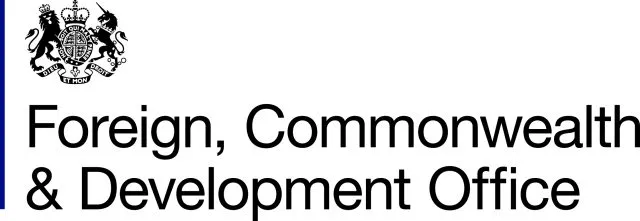The Amazon region is an important resource and source of biodiversity. It is a source of income and place of innovation and scientific research. However, the Amazon is under threat, due to deforestation, coca production, illegal mining, among others. Solutions to improve coordination and use new technologies are proving to deliver results. For example, UK’s Integrated Security Fund supports governments and NGOs to address the connection between climate, illicit finance and organised crime. The COP30 in Brazil will be an opportunity to focus attention and resources to this topic.
The Wilton Park roundtable offered a series of key themes to take into consideration while moving forward the response to convergent crimes in the Amazon region. These are:
- The need to focus on specific areas, as environmental crimes is a huge topic which is very complex. Within these areas it is a must to focus on what practical things can be done.
- The opportunities presented by modern technology, artificial intelligence, satellite imagery, among others, to improve traceability of critical minerals. How can we use these better?
- The need for indigenous people to be at heart of analysing and assessing the problems and coming up with the solutions.
Participants, working collaboratively in groups, identified benefits, risks, enablers and blockers to tackle convergent crimes in the Amazon. These are summarised and presented below:
Benefits
- Enhanced ability to share best practices, information, technology and other resources among different stakeholders.
- Increased efficiency to tackle problems that others have already worked on.
Risks
- Mismanagement of private and/or sensitive information from a third party
- Process may become slower due to bureaucracy and having to achieve consensus, and distrust amongst organisations
Enablers
- Trust being built through reciprocity among different actors, often at the informal and/or interpersonal level
- Normative frameworks than can make possible different forms of collaboration
- Political and financial interests around environmental crime issues
Blockers
- Lack of political will amongst participant actors
- Low levels of institutionality and presence of corruption and bureaucratic ineffectiveness
- Private (and sometimes) criminal interests that are embedded in agendas of stakeholders
To end the event, participants came up with a series of practical, achievable ideas to take forward. These are summarised and presented below:
- Generate a robust and collaborative information system that allows data exchange between the countries of the Amazon region. This will improve the response to environmental crime through the generation of early warnings and coordination between countries involved. At the same time, transparency will be promoted and strengthened by facilitating access to public information on environmental crimes.
- Promote agreements for the exchange of information between responsible authorities and establish mechanisms to monitor compliance with these agreements. Establish alliances between key actors for the provision of information. Take advantage of the technological resources available for the generation and exchange of information.
- Generate the Observatory of Transboundary Environmental Crimes in the Amazon Basin, which has an alert mechanism and allows updating data to be maintained. It is complemented by the installation of a committee that allows decisions to be made on the management of the platform’s information.
- Promote the activation of the Escazú agreement. Analyse which countries have already ratified it and at what point of application it is. Exert social pressure through awareness campaigns in civil society in the Amazonian countries that have already ratified it. This includes the use of platforms, social networks, podcasts, among others to disseminate the benefits of having the mechanism activated.
- Creation of the NIMU Tracker, a technological application for indigenous associations. Use of Starlink, drones and satellite images, and generate alerts and communicate them through WhatsApp groups and audios.
- Build trust through the creation of a network of contacts among the conference participants, including information on lines of work, expertise and interest. A repository of documents, judgments and other resources that can be used for future research. Generate the possibility of exchanges with other governments in border areas.
- Promote the Amazonia MAIS program. Through operations that achieve confiscation, resources are taken out to finance the project, including monitoring systems. The aim will be to have a centre in each country and generate statistics that allow the information to be used very quickly.
Wilton Park | 31 March 2025
In partnership with

-
Notes
Wilton Park reports are brief summaries of the main points and conclusions of a
conference. The reports reflect rapporteurs’ personal interpretations of the proceedings.
As such they do not constitute any institutional policy of Wilton Park nor do they
necessarily represent the views of the rapporteur. Wilton Park reports and any
recommendations contained therein are for participants and are not a statement of policy
for Wilton Park, the Foreign, Commonwealth and Development Office (FCDO) or His
Majesty’s Government nor any participating governments.
Should you wish to read other Wilton Park reports, or participate in upcoming Wilton Park
events, you can find out more here.
To receive our monthly bulletin and latest updates, please subscribe here.
